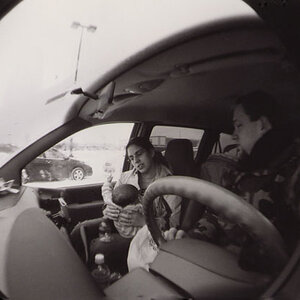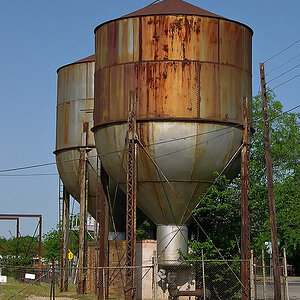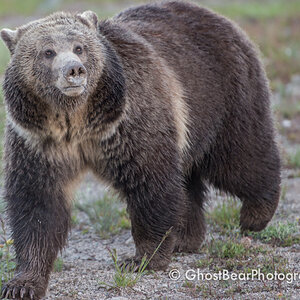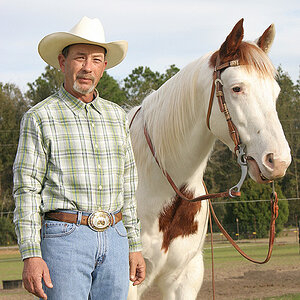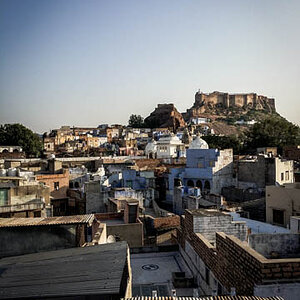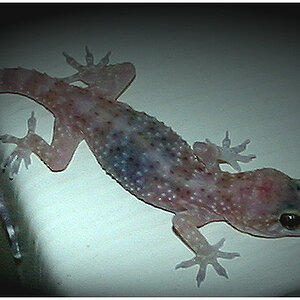cmartin2
TPF Noob!
- Joined
- Jan 8, 2012
- Messages
- 21
- Reaction score
- 1
- Location
- Columbus, OH
- Can others edit my Photos
- Photos OK to edit
Thought the moon looked fun last night so thought I would give it a try.
Shot at:
ISO 100
f/11
1/125 sec
First 2 are normal pics
#1)
 #2)
#2)

#3 is trying out HDR.

Any feedback would be much appreciated. Thanks!
Shot at:
ISO 100
f/11
1/125 sec
First 2 are normal pics
#1)
#3 is trying out HDR.
Any feedback would be much appreciated. Thanks!



 .. now I will have to go and revisit!
.. now I will have to go and revisit!![[No title]](/data/xfmg/thumbnail/34/34058-276eb00b31d5bfacf4028e7f729dc601.jpg?1619736257)
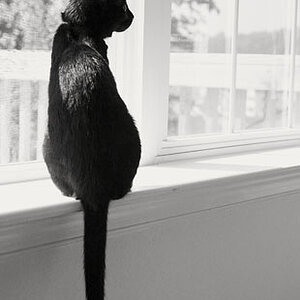
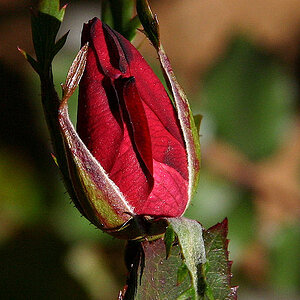
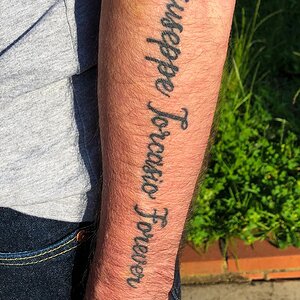
![[No title]](/data/xfmg/thumbnail/36/36392-ee7dc51c9be334b9979003f6316db12e.jpg?1619737547)
![[No title]](/data/xfmg/thumbnail/34/34057-a5a92fad5f5d96a5945d55a404b0cd27.jpg?1619736257)
